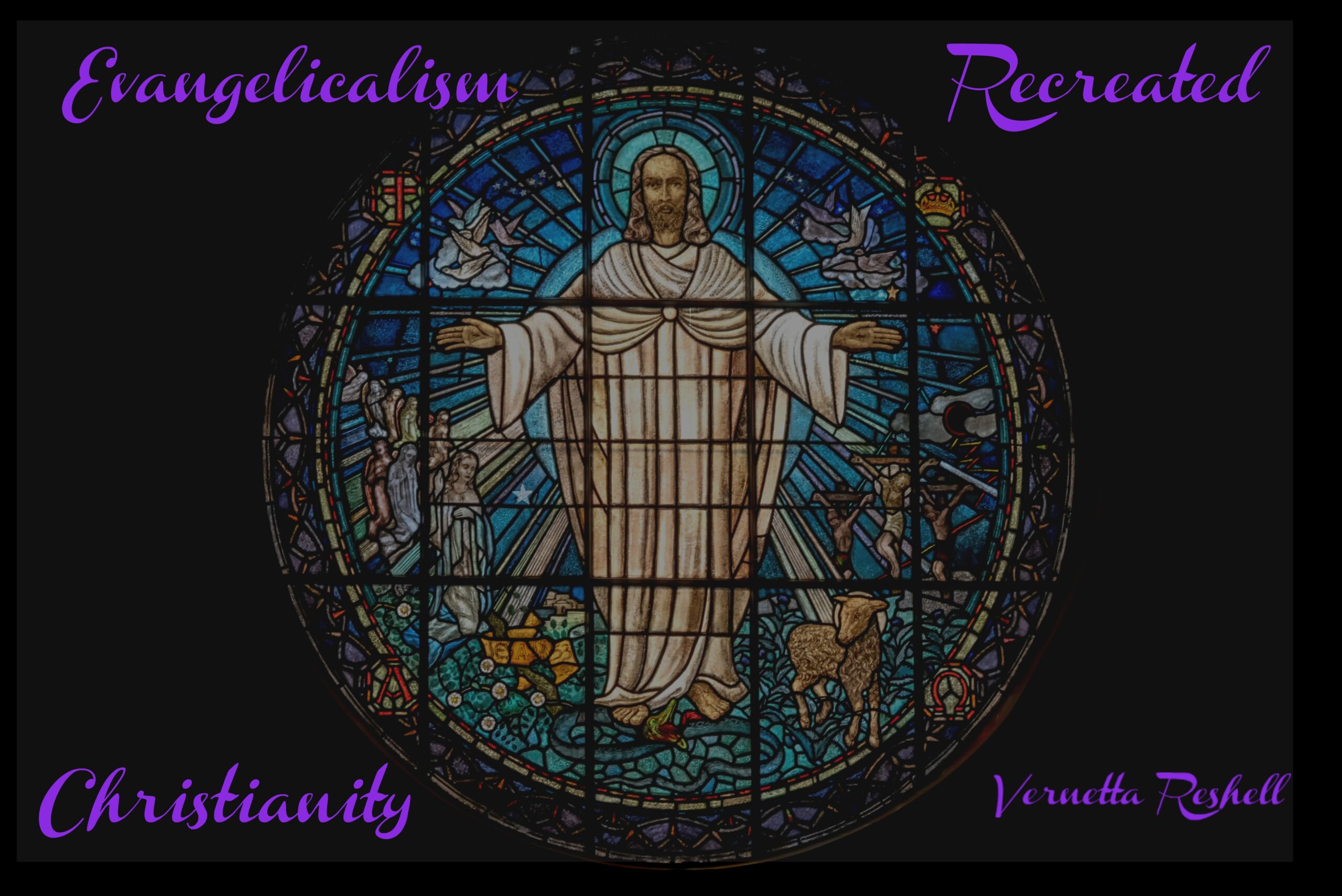Church is a political act. A Black Church is a revolutionary act in the United States.
Before we continue let’s not forget where the Black Church actually started.
In this series, ‘The DNA of the Black Church’ I will explore how the Black Church practices and principles have shaped the Black community. Now here’s a brief history of how Evangelicalism recreated Christianity. We will learn that the beginning was never meant to give us hope but to break our spirit. Yet, the strength of who we are as a people fought back. Evangelicalism may have recreated Christianity, but we restored what Jesus taught and died for through the origins of the Black Church.
The Portuguese brought modern Christianity to Africa. This is what most people immediately think about when they think Western Christianity in Africa. And they are correct. But remember, we learned that Christianity has been in Africa hundreds of years before the Portuguese ever decided to feed their greed for Mansa Musa’s jewels and wealth they stumbled upon.
We learn from this article in the Sojourner Magazine how White, Western Europeans used religion to coerce slavery which was not entirely accurate from what they believed the Bible to state. And how they used religion to fight what they felt was oppression Catholics were thrusting upon them to turn around and create Evangelicalism and then do the same to African peoples.
“Starting point is 15th century Europe as it began conquering and colonizing the world in the name of Christ. The story begins with those first imperial powers, Spain and Portugal, but soon after extends to Britain and other European colonial nations, including Holland, France, Belgium, and so on. These were empire-building nations on the cusp of their grand adventures. They confidently believed themselves to be the center of the world, superior to all other cultures, entitled to conquer and colonize, and in doing so actively advancing God’s will. The European powers believed this for many centuries. Some would say that they, and their descendants, believe it still.”
With people becoming more bold despite hard fought efforts and wins by our ancestors to fight injustice, establish a basis for equality and drive for inclusion, there are still white people who believe what they have been taught for generations. And the warped Biblical teaching is destroying any respect people would have for the Bible if they learn about God through their teachings. Their ideology reminds me of II John 1: 9-11. I’ll share that scripture for those who are unfamiliar with it,
“9 Anyone who runs on ahead and does not remain in the doctrine of Christ [that is, one who is not content with what He taught], does not have God; but the one who continues to remain in the teaching [of Christ does have God], he has both the Father and the Son. 10 If anyone comes to you and does not bring this teaching [but diminishes or adds to the doctrine of Christ], do not receive or welcome him into your house, and do not give him a greeting or any encouragement; 11 for the one who gives him a greeting [who encourages him or wishes him success, unwittingly] participates in his evil deeds.”
Amplified version
For this very reason is why I do not run after them and wrote this piece on purging Evangelicalism out of Black Churches. But Robert P. Jones, who wrote the book “White Too Long: The Legacy of White Supremacy in American Christianity” validates my opinion as well as II John 1:9-11.
Here’s what the New York Times had to say about his book which substantiates the foundation in which this sect of religion was based on.
“Jones sets out to prove that “American Christianity’s theological core has been thoroughly structured by an interest in protecting white supremacy.” According to him, white Christianity has not merely been a passive bystander in the construction of this nation’s racial caste system, it has been the primary cultural and religious institution creating, promoting and preserving it. The book reaches its apex of evidence around its midpoint, when Jones draws on his extensive experience with polling about religion to introduce a “racism index” — a set of 15 survey questions designed to assess attitudes toward white supremacy and Black people. The findings are clear: “The more racist attitudes a person holds, the more likely he or she is to identify as a white Christian.” White Christians have to face the possibility that everything they have learned about how to practice their faith has been designed to explicitly or implicitly reinforce a racist structure.”
I unfortunately, didn’t read the book but I will agree with the review I read that it proves Evangelism was not founded on the teachings of Jesus but on the principles of power, greed and superiority. All the things which the Bible is literally against in both the Old and New Testament.
Now that we have strong evidence to back my claim, let’s go through a brief history of how the Black Church came to be, grew and the legacy it intended to leave. Thanks to this article by PBS we have historical accuracy on the Black Church. This is a condensed version for the purpose of this blog post.
“New historical evidence documents the arrival of slaves in the English settlement in Jamestown, Va., in 1619. They came from the kingdoms of Ndongo and Kongo, in present-day Angola and the coastal Congo. In the 1500s, the Portuguese conquered both kingdoms and carried Catholicism to West Africa. It is likely that the slaves who arrived in Jamestown had been baptized Catholic and had Christian names. For the next 200 years, the slave trade exported slaves from Angola, Ghana, Senegal and other parts of West Africa to America’s South. During the 1770s and 1780s, black ministers began to preach to their own people, drawing on the stories, people and events depicted in the Old and New Testaments. No story spoke more powerfully to slaves than the story of Exodus, with its themes of bondage and liberation brought by a righteous and powerful God who would one day set them free.
In the South, the religious fervor of evangelical Christianity resonated easily with the emotive religious traditions brought from West Africa. In the years leading up to the Civil War, the black church found its political and prophetic voice in the cause of abolition. Black ministers took to their pulpits to speak out against slavery and warned that any nation that condoned slavery would suffer divine punishment. In the North, black churches organized missions to the South to help newly freed persons find the skills and develop the talents that would allow them to lead independent lives. The distinctive Southern musical idiom known as “the blues” evolved into gospel music.
But in rural areas, churches struggled to cope with the weakening social structure that had once sustained them. Ministers were not always educated. But it was the lay members — deacons, ushers, choirs, song leaders, Sunday school teachers and “mothers” of the congregation — who gave the churches their vitality and strength. Church socials, Sunday picnics, Bible study and praise meetings encouraged social cohesion, heightened a sense of community and nurtured hope in the face of discrimination and violence. By the 1950s, the infrastructure of black churches and the moral resilience they encouraged had laid the foundation for the crusade that would transform the political and religious landscape of America: the civil rights movement. Historian Albert Robateau has observed, “The civil rights movement became a religious crusade.”
As with emancipation, the civil rights crusade was sustained by the Exodus story. It is also clear that the debate about what the church is, is highly charged by competing ideas about what it ought to be. The black church continues to offer affirmation and dignity to people still searching for equality and justice, still willing to reach out for a more inclusive, embracing tomorrow. The church evolved with countless acts of faith and resistance, piety and protest.”
This version almost makes the Black Church seem like the ideal place. Now, I have chosen to return to church after a 15 year break. So, I believe the Black Church can return to being a strong pillar in the community. Like with anything it has its problems. And for me, women being regulated to doing the work but not having the title or recognition just doesn’t sit well.
In the PBS article the one thing that stood out is how women from the origins have been left out of high ranking leadership positions at the church. That is still being fueled today even though many women are breaking rank and making great strides leading churches in the 21st century. Also where the ideal of respectability was taught which is increasingly becoming a hot topic among Gen Xers and Millennial women both in and out of the Black church.
Men commanded the pulpits of the black church; they also dominated church power and politics. Denied the chance to preach, growing numbers of women, mostly middle class, found ways to participate in religious life. They organized social services, missionary societies, temperance associations and reading groups. They fought for suffrage and demanded social reform. They wrote for religious periodicals, promoting Victorian ideals of respectability and womanhood. Like the crusading newspaper reporter Ida B. Wells, they protested racial injustice, lynching and violence.
PBS article: The Black Church
The fact that Evangelicalism recreated Christianity in its favor by uplifting a destructive doctrine and oppressing people is horrific. Religion was not created to plague others yet Evangelicalism has broken that ideal. And begun to seep deep within the Black Church’s foundation.
So this is how the DNA of the Black Church began. This is our story. One of violence, fear and torture which has turned into our people creating an institution to give us hope, teach us our rights, fight against injustice and feed our souls with words of wisdom. Whatever your opinion of the Black Church is, remember that our community wouldn’t have certain ways of life such as how to organize which many of you do, without the Black Church.
We can’t explore the DNA of anything without first knowing its origins. Now that we know the origins (or the condensed version) we will spend the rest of the month exploring different parts of the DNA that has built the Black Church into what we see today; good and bad.
List of resources used.
https://sojo.net/magazine/septemberoctober-2020/white-american-christianity-rooted-colonial-empire-building https://www.pbs.org/wgbh/americanexperience/features/godinamerica-black-church/
https://www.nytimes.com/2020/08/18/books/review/white-too-long-robert-p-jones.html


Leave a Reply